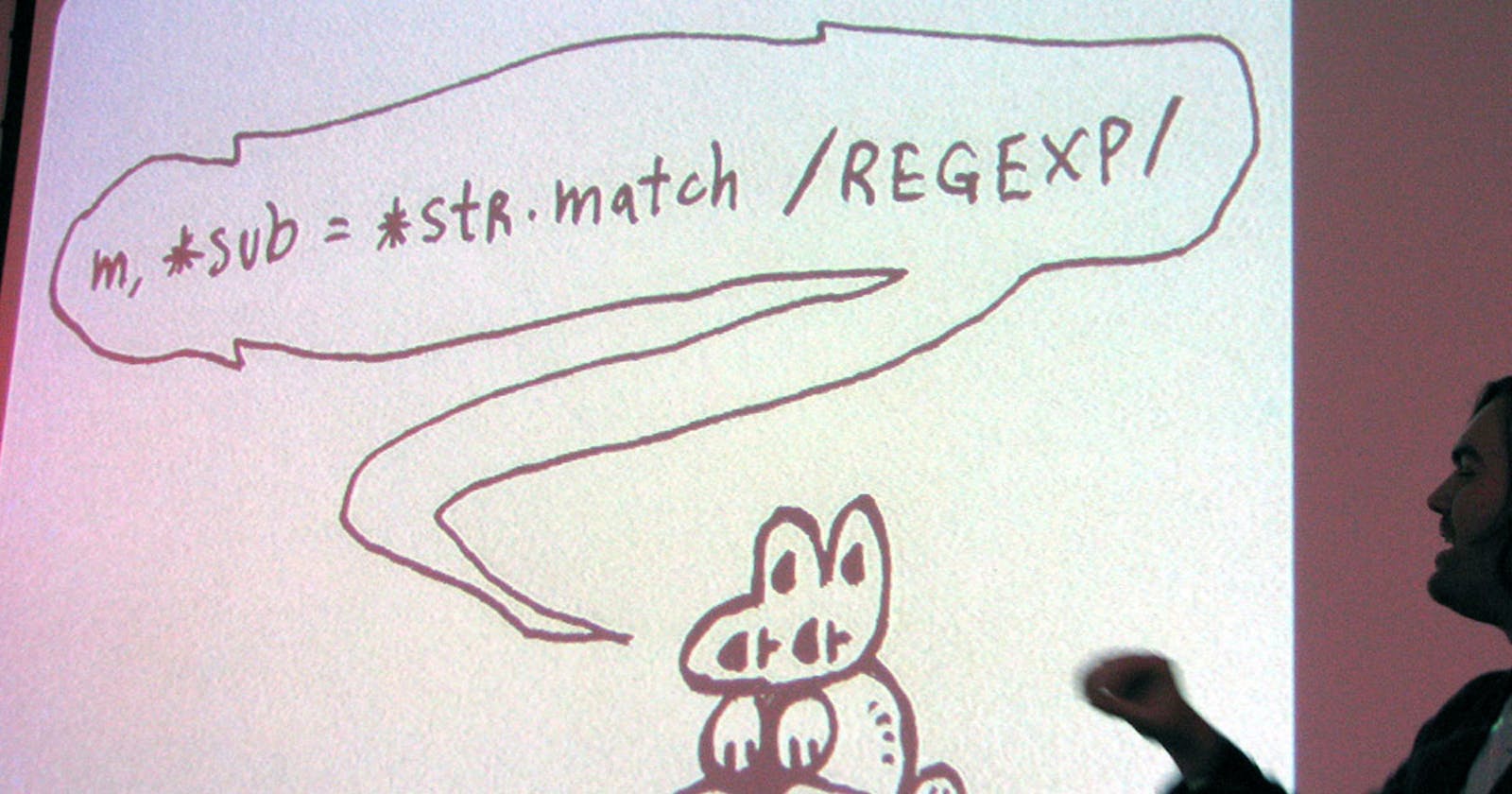I just finished reading an excellent article by Russ Cox on regular expressions titled "Regular Expression Matching Can Be Simple And Fast", that describes the differences between the original Ken Thompson regexp implementation and the recursive backsearch implementation that has been perpetuated among many modern languages and libraries.
The underlying stress of the article is that the method used by Perl, Ruby, PHP, Java, PCRE and others is wasteful for many cases which can be decomposed into easily computed NFAs (non-deterministic finite automata) and should only need to switch to the recursive algorithm in the cases where it is needed. This would completely eliminate many pathological cases from O( 2^n ) to linear growth.
As the article itself was written in 2007 and mentions some very old versions of the languages and libraries the author tested against. Specifically, he uses Ruby 1.8.4, which is missing many of the optimizations that came in 1.8.6, and is now, practically a distant relative of the new 1.9.x implementation. So, this got me thinking (hoping?) that somewhere in the intervening 5 years one of the Ruby core developers was pointed to, heard of, or otherwise decided to look into regular expression efficiency and found this article or even Thompson's original 1968 paper (grumble grumble, not anymore since ACM put the PDF behind a pay-wall).
I figured the easiest way to test this was to fire up the irb REPL and write a simple test
case:
$last_benchmark = nil
for length in 1..100 do
print "length: #{length.to_s.rjust 2} - "
string = 'a' * length
regexp = Regexp.new(('a?' * length) + string)
benchmark(1, 1) { regexp.match string }
end
The benchmark method is a handly little chunk of code I picked up for my .irbrc file.
Here is it's implementation:
# http://blog.evanweaver.com/articles/2006/12/13/benchmark/
def benchmark(times = 1000, samples = 20)
times *= samples
cur = Time.now
result = times.times { yield }
print "#{cur = (Time.now - cur) / samples.to_f } seconds"
puts " (#{(cur / $last_benchmark * 100).to_i - 100}% change)" rescue puts ""
$last_benchmark = cur
result
end
And here are the results I got back:
length: 1 - 3.3e-05 seconds
length: 2 - 3.3e-05 seconds (0% change)
length: 3 - 2.4e-05 seconds (-28% change)
length: 4 - 2.5e-05 seconds (4% change)
length: 5 - 2.5e-05 seconds (0% change)
length: 6 - 2.7e-05 seconds (7% change)
length: 7 - 3.3e-05 seconds (22% change)
length: 8 - 4.1e-05 seconds (24% change)
length: 9 - 5.1e-05 seconds (24% change)
length: 10 - 8.0e-05 seconds (56% change)
length: 11 - 0.000106 seconds (32% change)
length: 12 - 0.000222 seconds (109% change)
length: 13 - 0.000367 seconds (65% change)
length: 14 - 0.000693 seconds (88% change)
length: 15 - 0.001307 seconds (88% change)
length: 16 - 0.002084 seconds (59% change)
length: 17 - 0.00358 seconds (71% change)
length: 18 - 0.005263 seconds (47% change)
length: 19 - 0.010101 seconds (91% change)
length: 20 - 0.021733 seconds (115% change)
length: 21 - 0.04065 seconds (87% change)
length: 22 - 0.081266 seconds (99% change)
length: 23 - 0.163639 seconds (101% change)
length: 24 - 0.322691 seconds (97% change)
length: 25 - 0.63768 seconds (97% change)
length: 26 - 1.365583 seconds (114% change)
length: 27 - 2.558626 seconds (87% change)
length: 28 - 5.084387 seconds (98% change)
length: 29 - 10.306829 seconds (102% change)
length: 30 - 20.607489 seconds (99% change)
length: 31 - 41.424756 seconds (101% change)
length: 32 - 82.067535 seconds (98% change)
length: 33 - 165.077833 seconds (101% change)
length: 34 - 337.572673 seconds (104% change)
length: 35 - 705.54921 seconds (109% change)
^C
Here we can clearly see the exponential growth in time and where, at a measly 35 characters (at which point I cancelled the test) in length, we have exceeded 10 minutes of runtime. This also had the effect of pegging an entire CPU on my machine and over the course of the run and draining about 15% of my battery life. As a comparisson, I have used less than 5% more in the process of composing this post.
My Take
So, what can we learn from this exercise? As computer scientists and engineers, we really don't know our history and we have, as an industry, been fast to forget the teachings we (hopefully) were given in formal schooling. While reading the article, it brought back a lot of things about DFAs and NFAs that I had forgotten, as I usually use them as representation tools for thinking through state machine transitions, where each state is a container for larger logic blocks. It also sent me down memory lane, remembering many other things I learned in those same classes (from which I will spare you, dear reader) and has spurred me to dig out my old algorithms text book (Wikipedia entry) to give it a skim through.
I urge all readers of this post who write software to revisit those old books, read Wikipedia articles on the theory, and attempt to apply those teachings to their everyday code. The lessons aren't always applicable to your language of choice but the exercise is worth it. Like physical exercise, I believe you need to keep learning and training in order to keep fit in your field.

